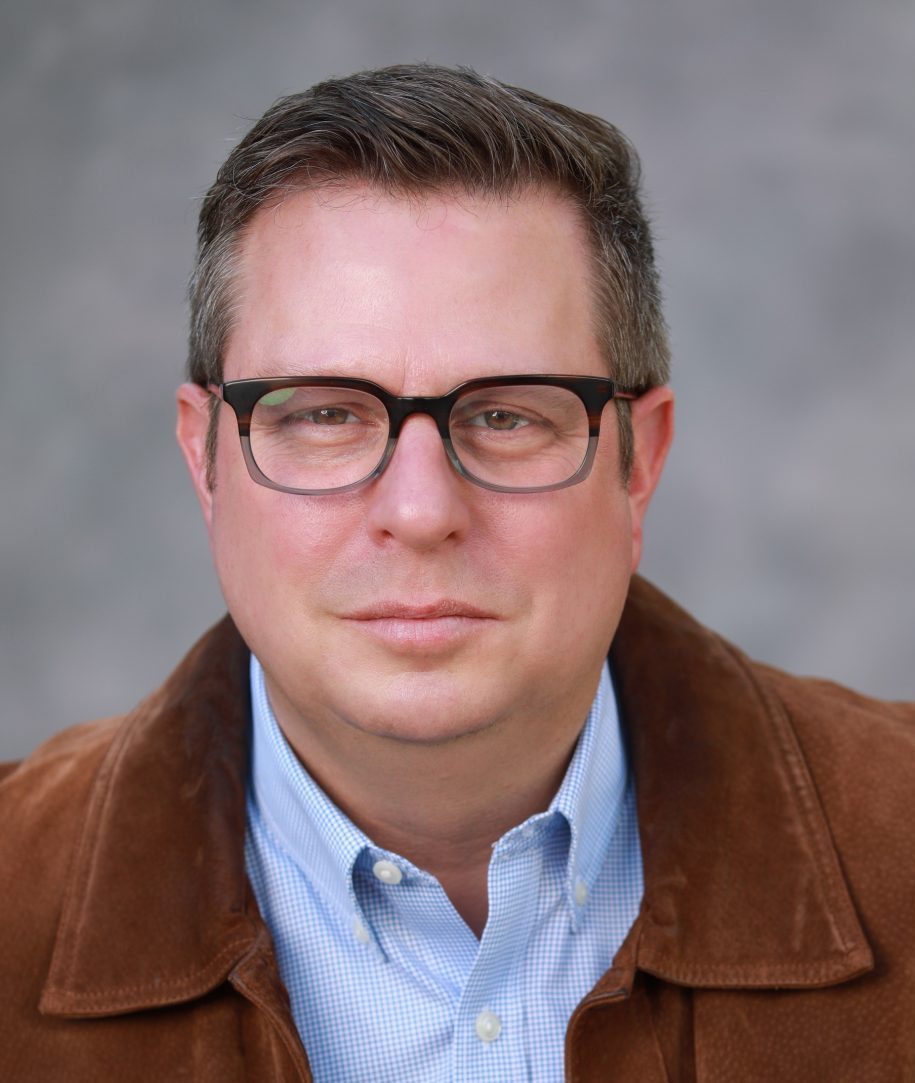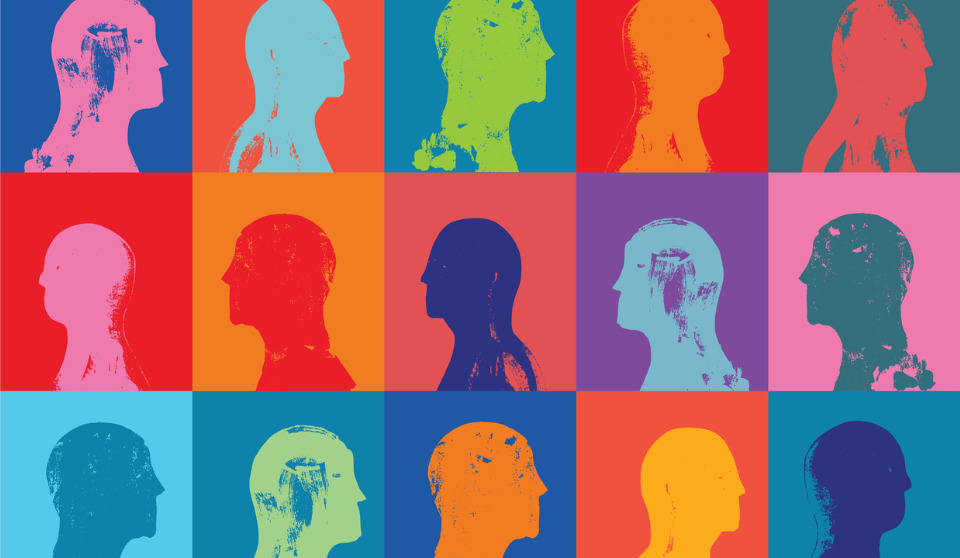COVID isolation and fear, combined with a recovery treatment system that is less holistic and synergistic than it should be, have contributed to the spike in co-occurring mental health issues with Substance Use Disorder (“SUD”) for people seeking recovery. In fact, a recent proclamation from the White House about National Mental Health Awareness Month, stated “Even before the pandemic, millions of Americans were experiencing stress, trauma, anxiety, and heightened levels of depression. The COVID-19 pandemic exacerbated those conditions, creating an unprecedented mental health crisis across our country.” In discussing the new state model to expand programs that deflect people with addiction to care, The White House continued, “Through the implementation of this model law, deflection promises: earlier, upstream interventions for people with drug and mental health challenges, keeping families and children together, reducing drug use as well as drug-related crime, and decreasing government costs can be made real in any community doing deflection.”
Co-occurring mental health issues to SUD are common in the recovery community according to SAMHSA. It used to be that people were either put in the mental health (“MH”) bucket or the SUD bucket and whichever one they were placed in became the primary issue treated. That approach has changed and today, the norm is to treat the two together through an integrated care process that treats the whole person.
In 2020, an estimated 6.7% of adults aged 18 or older in 2020 (or 17.0 million people) had co-occurring MH and SUD, with up to 5.3% of people aged 18 or older (or 8.4 million people) had serious thoughts of suicide (2020 National Survey on Drug Use and Health, “NSDUH”). As is no surprise, these numbers have only increased with the effects of COVID over the last two years and only +/-8% of those with co-occurring SUD/MH receive treatment for both conditions (source). With these fluctuations, our fragmented continuum of care between SUD and MH has gotten better over the last 5-10 years, with innovations in integrated care like Los Angeles County’s Medi-Cal (Medicaid) system. While it’s a start, we have miles to go to integrate care in a way that really meets people with co-occurring SUD/MH where they’re at – no matter how they enter into recovery.
Co-occurring disorders also affect each other. For those with pre-existing MH issues, people often use illicit drugs to misguidedly self-medicate those issues. The MH issue then exacerbates the substance abuse problem, which can also escalate pre-existing MH problems and lead to new drug induced MH issues. This is why it is challenging to know in the first 30-90 days of SUD recovery what co-occurring mental health issues are pre-existing, drug induced or some combination of the two, along with how pervasive those issues will be in recovery. The first 30-90 days are mostly about stabilizing someone in their recovery, with an eye towards a longer-term solution, including addressing MH issues. Working with an interdisciplinary team to approach SUD/MH concurrently in order to figure out the best way to layer in treating MH issues with SUD treatment is vital to minimizing the risk of inadvertently having the MH issue or SUD trigger someone to relapse.
Another important issue with people entering SUD recovery treatment with MH issues is how to manage care for those who come in with prescribed medications. It is often unclear whether the newly recovering person is taking medications based on a number of factors (i.e. detoxification, pre-existing mental health issues or for drug induced mental health, and/or other physical health conditions) and how all of those things affect each other. This critical component amplifies the importance of working with an integrated team of professionals who communicate effectively with each other and the recovering person to ensure a holistic approach is being taken into account, ensuring they are incrementally re-assessing as the journey of healing progresses.
Unfortunately, seeking recovery solutions for those dealing with MH and SUD issues can be a long and challenging road, particularly as the space is filled with societal stigmas which can prolong the process. How can we overcome stigma and ensure those who need help can get it?
Be open-minded, compassionate and honest, and then demonstrate the healing received through consistent action to minimize internal and external stigma. Those in recovery can then use their own lived experience to help others that are still struggling, bringing it full circle.


